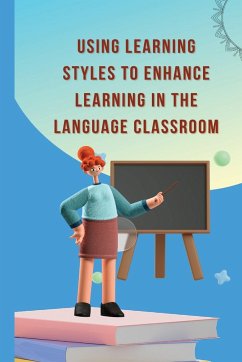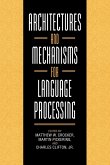The theory of learning styles was developed to counter ineffective learning, which results from an excessive emphasis on merit and performance, rather than understanding. It proved successful across age groups, disciplines, and cultures. There exist over one hundred and fifty learning style models. However, there remains a paucity of such researches in India. An extensive literature review, analysing works on learning style families, personality and preference types, as well as scope for development of new styles, was undertaken to identify a model suitable for Indian classrooms. The family of flexibly stable learning preferences was chosen to help learners identify their preferred styles and also develop new styles. A combination of the styles continuums on the 'Honey and Mumford' and the 'Felder Silvermann' model resulted in a model with five style continuums and ten styles. A pilot module followed by three main modules were transacted. They incorporated different learning styles enabling learners to identify their preference and develop styles further. Various methods, such as questionnaires, checklist, observation, researcher's notes, and video recordings, were employed to collect data for the research. An analysis of the main modules indicated a strong preference for visual and active tasks. No clear preference was indicated in the other style continuums, which supports the claim that classroom instructions must include variety to incorporate learners of all types. Three learner profiles were created to understand the individual preference and the effect of learning styles based classroom transaction. A progressive change was noted in terms of style development, development of language skills and confidence level. While the learners understood what they prefer in the classroom, the researcher was able to understand the learners better. Identifying her teaching preferences in the classroom helped her modify instructions to suit various needs in the classroom.








